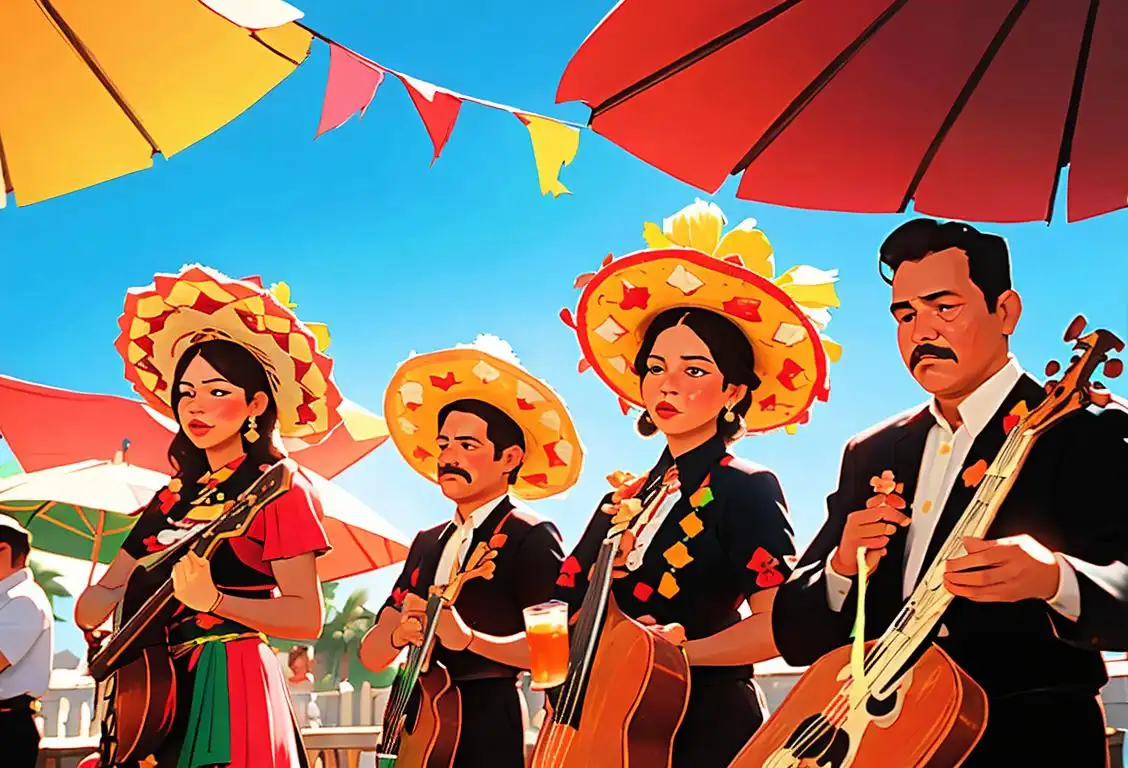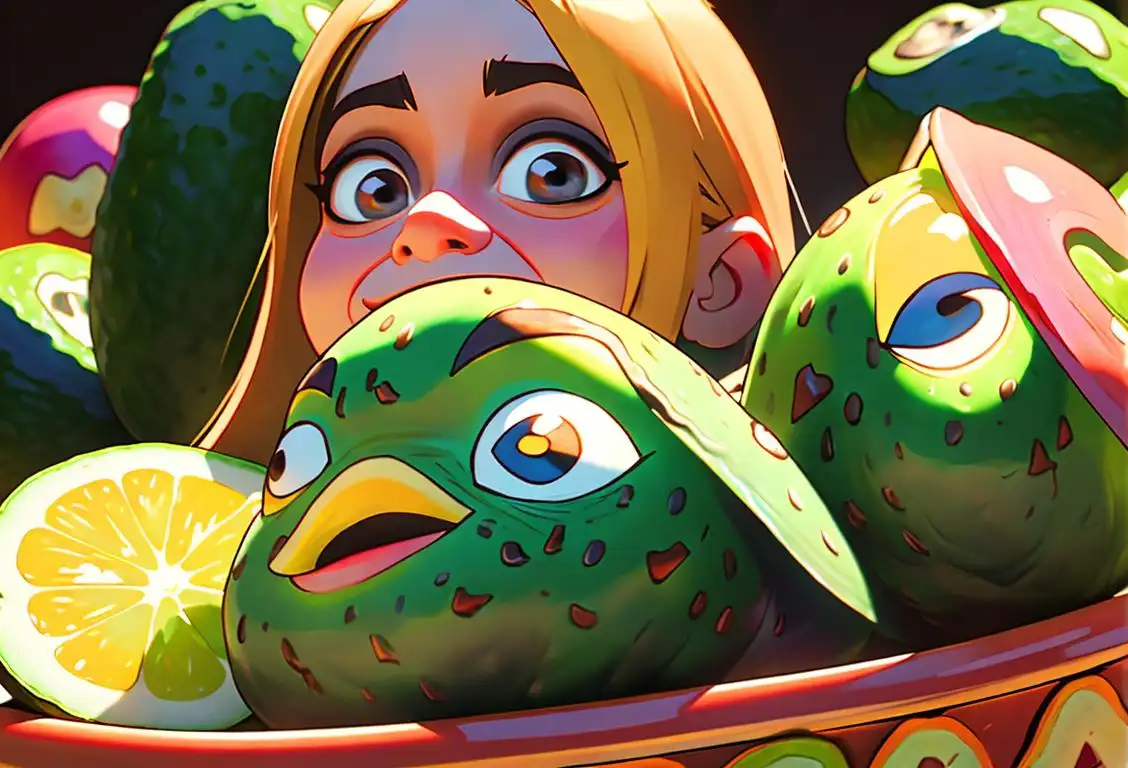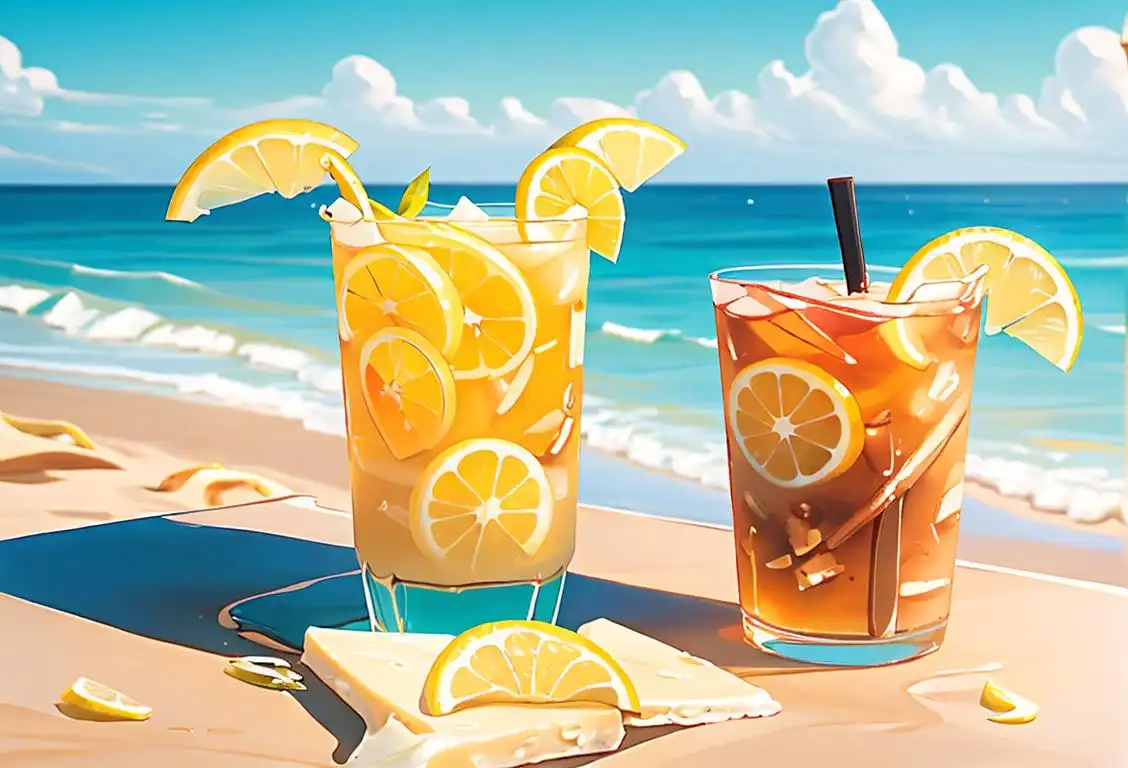National Ginger Ale Day

Greetings, my fellow fizzy beverage enthusiasts! Today, we celebrate National Ginger Ale Day, a day dedicated to one of the most refreshing and zingy concoctions to ever grace our taste buds. So, grab a glass, put on your ginger ale goggles, and prepare to fizz up your day!
When is Ginger Ale Day?
It's national ginger ale day on the 9th March.
The Origins of Ginger Ale
It's always fascinating to delve into the history of our favorite fizzy drinks, isn't it? Ginger ale, with its distinctive spicy flavor and effervescence, has been delighting taste buds for centuries.
Originally crafted in Ireland during the mid-19th century, ginger ale was initially a non-alcoholic alternative to ginger beer. It quickly gained popularity as a standalone beverage and made its way across the Atlantic to North America. Canadians especially embraced its deliciousness, and Canada soon became synonymous with world-class ginger ale production.
Over time, ginger ale has evolved, with variations such as golden ginger ale, dry ginger ale, and even diet ginger ale hitting the market. Today, it's enjoyed by millions of people worldwide, whether as a refreshing thirst quencher on a sunny day or as a versatile ingredient in cocktails and mocktails.
Fun Ways to Celebrate
Now, let's move on to the most exciting part: celebrating National Ginger Ale Day! Here are a few ideas to spice up your day:
- Host a ginger ale tasting party: Gather your friends and family to sample various ginger ale brands and discuss their unique flavors.
- Create your own ginger ale mocktail: Mix ginger ale with different fruit juices and garnishes to concoct your signature drink.
- Get cooking with ginger ale: Use ginger ale as a marinade or glaze for meats, a tasty addition to cookies and cakes, or a base for tangy sauces.
- Spread the word: Share your love for ginger ale on social media using the hashtag #GingerAleDay. You might just inspire someone to give it a try!
A Zesty Did You Know?
Did you know that ginger ale was a popular remedy for people suffering from seasickness in the past? Sailors would often drink ginger ale to calm their queasy stomachs while out on the rough seas. So, next time you're feeling a bit wobbly, reach for a glass of ginger ale and channel your inner sailor!
History behind the term 'Ginger Ale'
1851
The Birth of Ginger Ale
In 1851, a chemist named Thomas Cantrell invented ginger ale in Belfast, Ireland. Cantrell originally aimed to create a medicinal tonic using ginger, which was known for its various health benefits. He mixed ginger extract with carbonated water, creating a refreshing and bubbly beverage.
1866
Ginger Ale's Introduction to North America
In 1866, ginger ale was introduced to North America by Irish immigrant John McLaughlin. He started producing and selling ginger ale in Canada under the brand name 'McLaughlin's Belfast Style Ginger Ale.' The popularity of ginger ale quickly spread, especially among Irish immigrants who longed for the taste of home.
1904
The Expansion of Ginger Ale Brands
By 1904, ginger ale production had expanded, and numerous brands emerged. One notable brand was Canada Dry, established by Toronto pharmacist John J. McLaughlin, who created a clear and sparkling ginger ale. Other brands such as Schweppes and Vernors also gained popularity during this time.
1925
The Rise of Ginger Ale as a Mixer
In 1925, ginger ale gained recognition as a popular mixer in alcoholic beverages, particularly with whiskey. The combination of ginger ale and whiskey created a refreshing and slightly spicy cocktail known as the 'Whiskey Ginger.' Ginger ale's versatility as a mixer contributed to its continued growth in popularity.
1980s
Ginger Ale's Shift to Non-Alcoholic Beverage
During the 1980s, a shift occurred, and ginger ale became primarily known as a non-alcoholic beverage. As consumers sought refreshing and flavorful alternatives to traditional carbonated drinks, ginger ale offered a unique taste, often associated with soothing remedies for an upset stomach or a refreshing choice on its own.
Present
Ginger Ale's Worldwide Popularity
Today, ginger ale is enjoyed worldwide. It is consumed both on its own and as a popular mixer in various cocktails. Ginger ale's distinct flavor, which combines a hint of spiciness with sweetness, continues to make it a sought-after beverage for those who appreciate its unique taste.
Did you know?
Did you know that ginger ale was a popular remedy for people suffering from seasickness in the past? Sailors would often drink ginger ale to calm their queasy stomachs while out on the rough seas. So, next time you're feeling a bit wobbly, reach for a glass of ginger ale and channel your inner sailor!Tagged
food fun beveragesFirst identified
9th March 2021Most mentioned on
9th March 2021Total mentions
17Other days
Coffee Busch Light Day
Michelada Day
Ginger Ale Day
Drink A Beer Coffee Day
Jameson Day
Guac Day
Pumpkin Day
Sweet Tea Day
Cheese Pizza Day
Iced Tea Day








